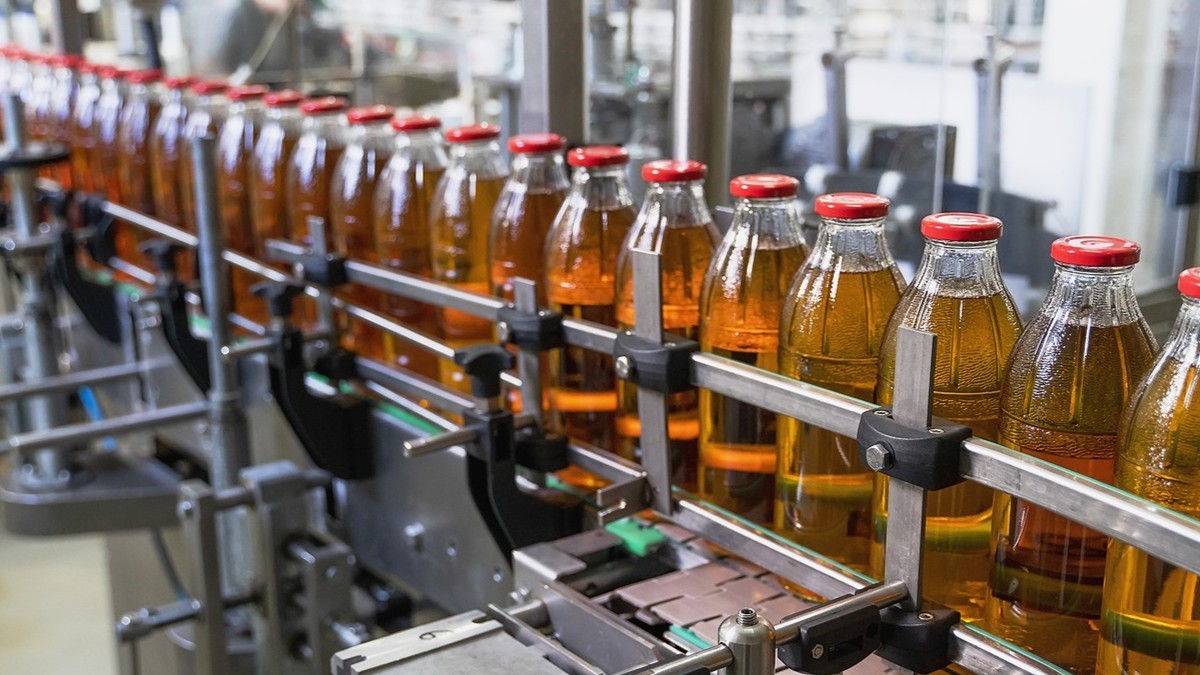How to make good use of digital technology to analyze, formulate strategies, and respond quickly at the core of enterprise operations has become the key to development.
The world has been severely affected by the epidemic, and the production and supply chains have been hit a lot and even broken chains. Most companies have begun to realize the importance of digital transformation. In addition to the fact that the epidemic has driven the digital transformation of most companies, the era of big data has forced companies to face more severe challenges in terms of business operations. In the future, enterprises are not only about basic operational capabilities but also about who has more real and reliable data.
The real meaning of digital transformation is not digitalization, but transformation. The whole environment is changing rapidly. We should always think about the core competitiveness of the company, and continue to operate with the original products and original markets, to achieve stable production and quality, and increase production capacity. Or to create new products and expand into new markets? Digital transformation is not only to provide customers with better services but also to go deep into the internal process of the enterprise and even the external supply chain management. Because the goal of digital transformation is to achieve business model reengineering so that enterprises have core competitiveness and can survive in a changing environment. Therefore, companies must elevate digital transformation to the level of operational strategic thinking to be successful.
If the strategic direction is to improve productivity and quality, we must master three major axes on the path of realization:
- How to simplify and save labor in factories through human-machine collaboration, how to use automation to reduce manpower, or how to increase per capita output value and regenerate organizational capabilities.
- Process visualization. How to achieve transparency in the progress of the production line to reduce stoppages and increase production, and whether the collected data can predict when machinery and equipment will fail, to achieve pre-event and in-process control, etc.
- Change the working mode of the old masters who only left information, and transform it into a working method of leaving knowledge, so that knowledge can be passed on, and the collected data can help predict problems and even assist factories in making accurate decisions. Nowadays, digital technology is becoming more and more innovative, and data collection has become easier and easier. Take the daily production progress report of the factory as an example. With different technological tools, the amount of data that can be collected is different, and the management detail and decision-making ability also follow. constantly improving.
- In the past, manual records were used for on-site management, and information was required to be queried later.
- With the improvement of digitization, related systems or tools have been used, and the production quantity is reported by the personnel automatically touching and reporting the work, and the supervisor can also make inquiries online.
- A sensor is installed on each machine and equipment, and data is imported into the information system through the integration of equipment networking to make management more efficient. The highest level can even be equipped with edge computing technology, combined with push notification of messages, to achieve the effect of automatic warning. So that when there is any abnormal or bad information on the device, it can be notified immediately to achieve pre-event or in-process control.
How Can Enterprises Respond to the Wave of Data Change and Smart Manufacturing?
Enterprises must start from the company's operating indicators and gradually move down to identify key management capabilities from different business issues. Start with small-scale management issues first, and use different information systems or tools to assist. With the availability of various technologies, the digital platform is connected to the operation synergy of multiple digital systems. Then control the data and data from the bottom of the information to support the company's decision-making.
As companies move towards digital transformation, they can be divided into three stages to gradually formulate plans. The first phase runs on the use of digital tools to drive data, allowing businesses to begin incrementally digitizing. In the second stage, the collected data is analyzed to drive organizational optimization and accelerate the efficiency of internal processes of the enterprise, which is called digital optimization. The third stage is to let data decision-making drive the transformation and reconstruction of the enterprise's business model, which in turn determines the long-term development of the enterprise in the future, and enables the enterprise to transform successfully digitally.
In a changing market environment, companies should rethink their competitiveness from the perspectives of customers, supply chains, manufacturing, and ecology, and should have the ability to respond to market changes. From design to operation, data integration should be fully grasped. When faced with changes in external situations, it can analyze the reasons, formulate decisions, and respond quickly.
Digital Driving Points of Digital Technology:
Returning to the core of enterprise operation, after collecting and linking information through digital technology, it can be analyzed by grasping its situation, understanding the current situation, and how to optimize it.
- Through equipment collaboration, the communication channels between plant equipment are connected in series to make material flow and production efficiency status transparent, thereby improving plant operation efficiency.
- By sensing the response, and monitoring the supply and storage status of equipment and materials in the plant area. And predicting material preparation in advance, and grasping it in real time to reduce the error rate and improve efficiency.
- Do a good job in tracking and tracing the production process. The source is tracked from bottom to top, the destination is tracked from top to top, and the operation of materials, equipment, and tools in each production link is completely recorded.
- Do a good job in the concept of preventive maintenance, and find experience and predictions from past data to prevent the probability of equipment failure, effectively reduce damage, and improve machine utilization.
- Continuously optimize the process, collect, and monitor real-time production data, clarify the factors affecting the yield from the data, and then improve the product yield and optimize the process.
- The establishment of automatic product quality inspection, combined with software and hardware services, really checks the quality during the production process and must include follow-up processing after triggering defective products.
- Establish a self-adjustment mechanism to understand product specifications from production needs, collect sensor data during production, and continuous feedback and adjust equipment parameters through machine learning, digitize experience, and improve manufacturing yield and efficiency.














.jpg)